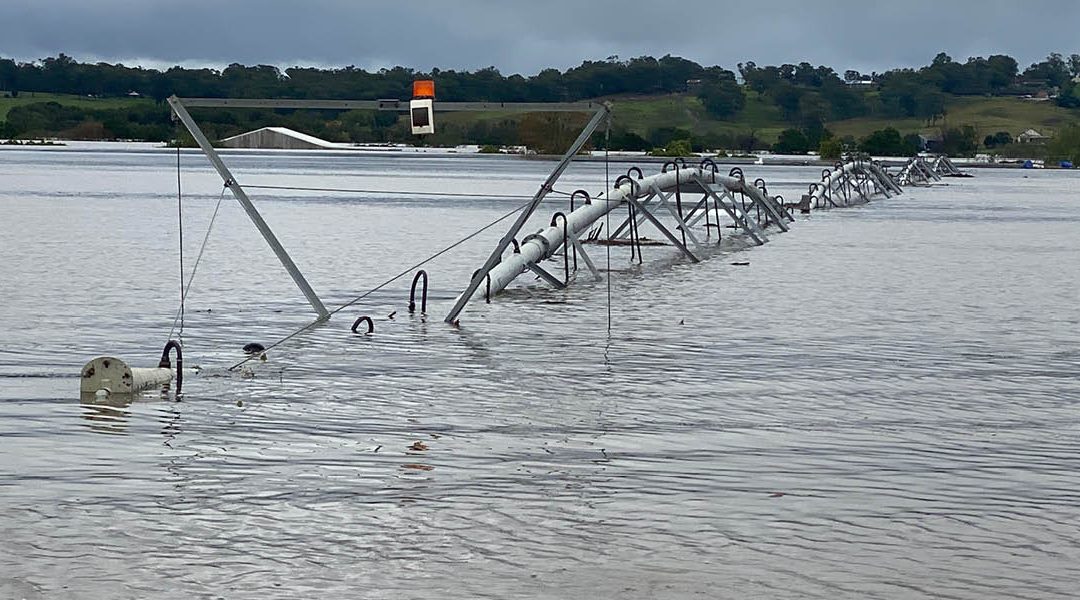On a sunny spring day, it can be easy to forget about the mammoth floods that swamped New South Wales’ Hawkesbury-Nepean Valley six months ago.
But it will come as no surprise to turf growers in other parts of Australia to learn that full recovery for many of their peers in Western Sydney is still another six to 12 months away. Sandra Godwin speaks to growers and finds out what life is like – after the floods.
A survey of about 45 flood affected growers in the Hawkesbury-Nepean Valley of New South Wales (NSW) has conservatively estimated the value of turf losses to be about $86 million.
According to Turf Australia’s market development manager Jenny Zadro “… that was actual lost turf, not damage to properties, lost equipment or anything like that”.
“It was crops that were either gone, destroyed, had to be rotaried back in, couldn’t be saved or couldn’t be rolled up,” she added.
After the initial clean up, Jenny said many growers quickly got back to business, selling turf from unaffected paddocks.
“There’s a couple of growers that have lost everything and lost significant amounts of turf,” she said. “They’re trading with other growers and getting turf in so they can still keep functioning while they are rebuilding.”
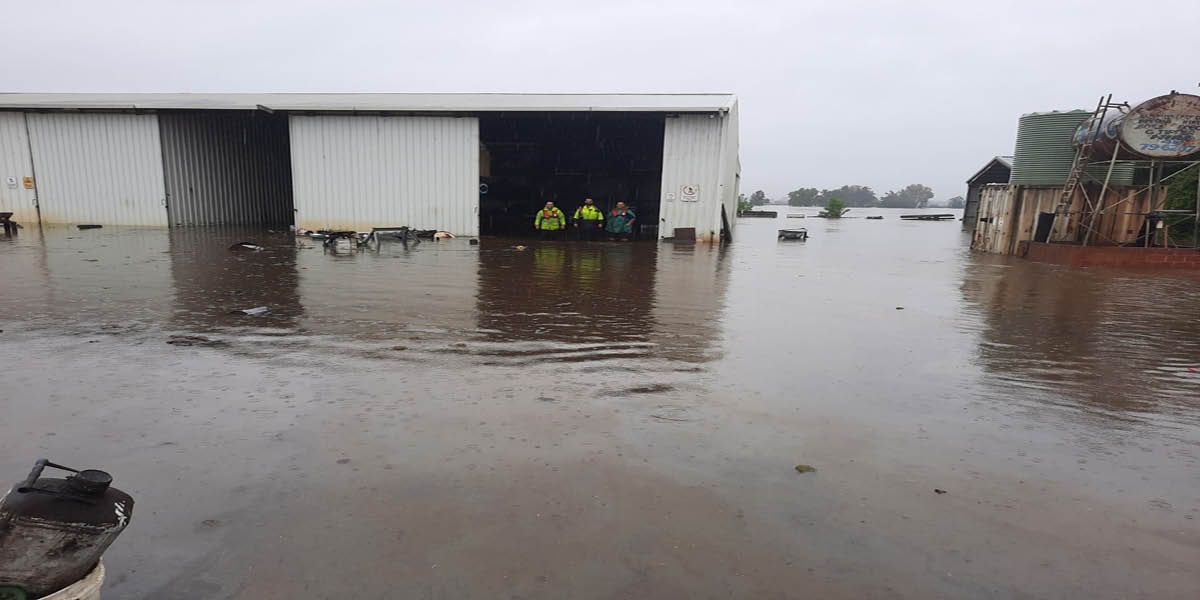
Jenny said Turf Australia was working governments at all levels for action to address grower concerns about the potential for future flooding events in coming months.
The latest Bureau of Meteorology (BOM) Climate Outlook warns of a strong likelihood of above median rainfall across much of NSW in October to December.
At the same time, there is little space available for runoff in the 11 dams in the Greater Sydney catchment. Warragamba Dam, which overflowed in March, was still holding 96.5 per cent of capacity on September 16.
“We have been advocating for six months now for the drainage and creek systems to be cleaned out, because they are the difference between a crop surviving a flood or not, in many cases,” Jenny said.
“Water sitting on there like it did for three or four weeks, it just kills the turf, whereas in smaller previous floods, it’s moved off quicker. But it all comes down to that creek system and it hasn’t been touched in six months. So that is a big concern.”
GROWTH spoke to three Hawkesbury turf producers about their experience of the floods and how the recovery was progressing.
Each said their machinery was insured, but crop insurance was prohibitively expensive and subject to so many caveats and exclusions that it wasn’t worth having.
They expressed gratitude for the emotional support from customers, offers of help and the opportunity to catch up with fellow turf growers at meetings where they could learn about government assistance and “have a bit of a yarn and a bit of a whinge”.
After a bumper year in 2020, lockdowns across Greater Sydney limiting progress on construction and landscaping projects slowed demand for turf, which some producers viewed as a blessing in disguise.
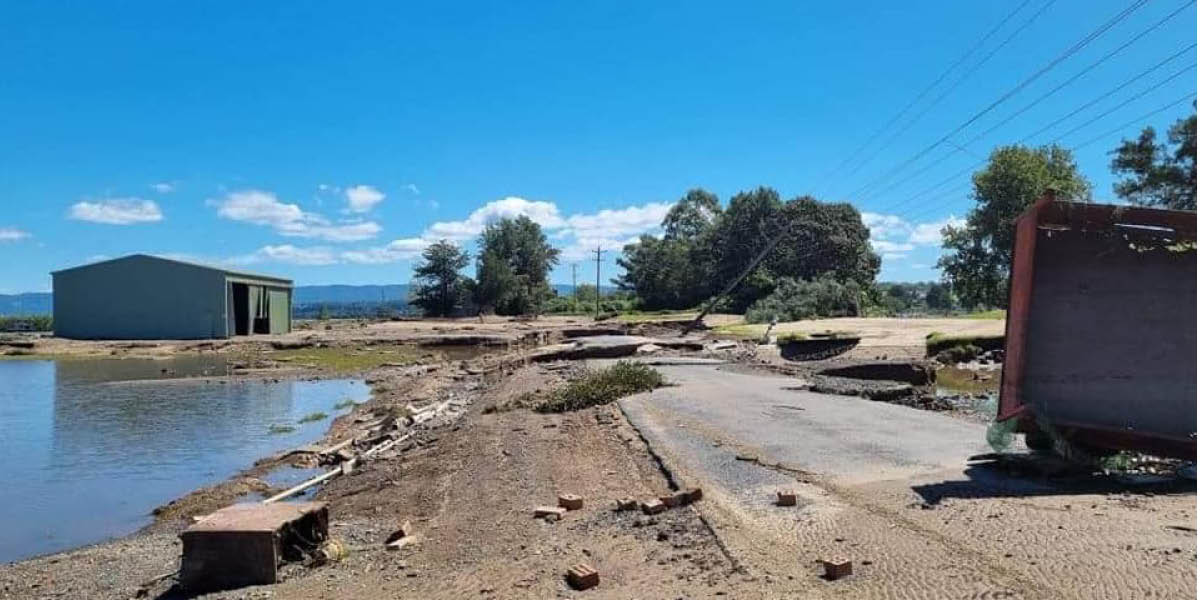
Daniel Saliba, of All Year Round Turf, at Wilberforce, said they had copped everything this year.
“It’s pretty quiet out there,” he said. “But I wasn’t too worried because we did lose turf and if (demand) was good we’d probably run out of stock.”
About 3 hectares of Sapphire Buffalo and 2ha of Kikuyu, which had been buried in a layer of silt up to 70 millimetres deep, was ploughed under, and a mechanical broom was used to sweep the silt, rocks and gravel off other paddocks.
“They’re looking all right at the moment,” Daniel said. “I haven’t harvested the paddocks that were swept, so I don’t know if it’s still going to roll up. That’s the part that’s scaring me. We lost a lot of ends where the water sat for two or three days longer on a lot of paddocks. We’ve replanted a couple of paddocks and ends already.”
It will be another 12 months before some paddocks are ready to cut and two years before they get back to full production on others.
“You can see progress,” he said. “It’s a good two years before we can farm on the full thing. But we’ve had a good run. It’s been 29 years since we had a big flood here. We had a minor one the year before, when the water only came up on half our farm but it was out in three days and didn’t do one bit of damage. This year was a different story.”
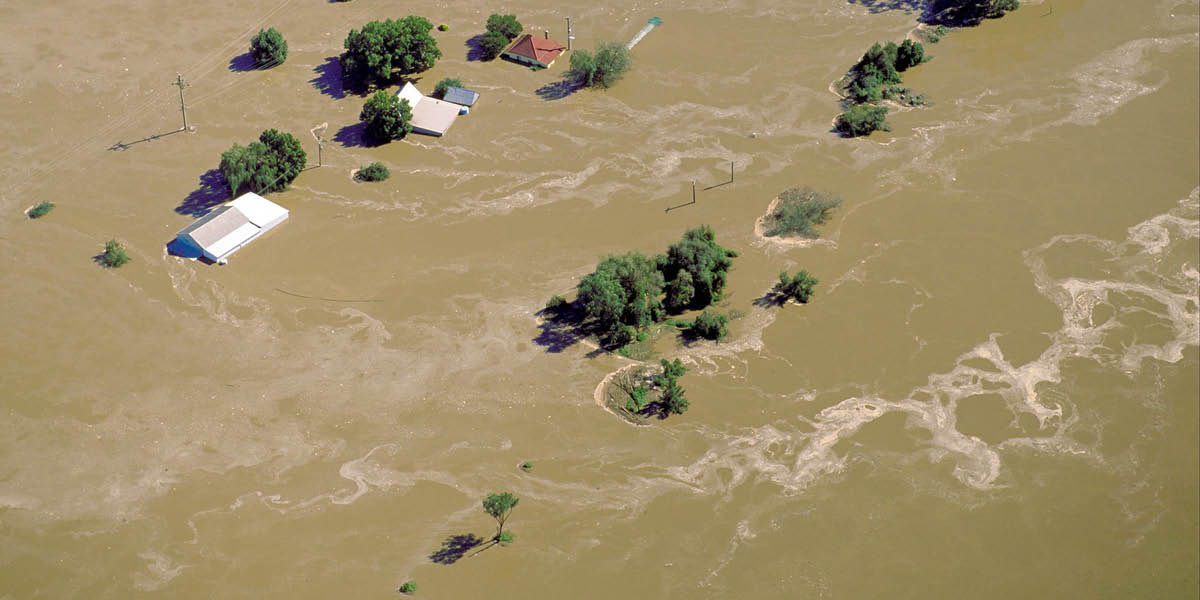
James Sultana, of ABC Turf Supplies, at Freemans Reach, said they used the two days before the floods arrived to move the contents of the office and sheds to higher ground.
“We’ve experienced two floods,” he said. “We were able to salvage a lot of turf in 2020 because it was a bit of a quicker flood, that came up and went down. This flood was a lot higher and stuck around for a lot longer.”
All told, they lost about 40ha of turf. Paddocks closest to the river were coated in a heavy layer of silt, and another 10ha further away drowned when floodwaters were unable to drain away.
“We pretty much had no Palmetto Buffalo left after the floods, which was a shame,” he said. “There was one little higher paddock that did go under water, but it didn’t go under for long. So we’ve had the opportunity to cut some of that.”
James said they still had stock of Sapphire Buffalo, but that had diminished because customers were taking whatever they could get.
“If everything goes to plan, I’m hoping by Christmas we’ll be able to start cutting some of the paddocks that we’ve replanted, but realistically, you’re looking at January or February,” he said. “The main thing is that everything’s ready again for next winter. That’d be great.”
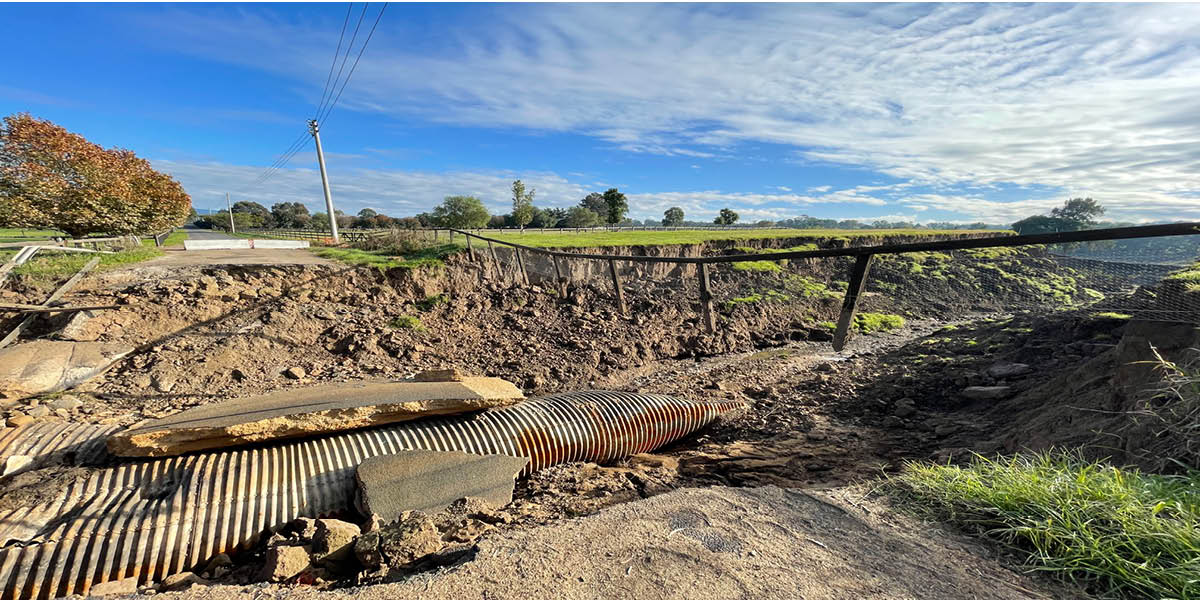
Jonathan Mifsud, of Rivers Edge Turf, at Windsor lives on the river flats. They had received ample warning of likely flooding from the spilling of Warragamba Dam – and were able to move machinery in time – but he said the predicted heights were significantly underestimated.
Most of the damage was caused by the speed of the rapidly rising water which created a “bloody tsunami”.
“A lot of growers probably have the same story to tell: a lot of damage to actual infrastructure,” Jonathan said. “We found telegraph poles pulled out of the ground and thrown up to 800m away from where they were with all the meter boxes attached and other debris. It’s not that you go under water it’s the velocity of it. And where it funnels through, it picks the lowest point and does damage there and then also when it’s actually going down. So we have a lot of slumping of the riverbank.”
Turf losses included 6ha of Kikuyu which was “obliterated”, 3.5ha of Sapphire Buffalo and 3ha of Nara Native Zoysia.
Jonathan said they borrowed a sweeper and were trying to break up the layers of silt. They’ve also undertaken earthworks and relevelling, replanting, and picking up sand washed in from a neighbour’s paddock.
“A lot of people got a thin layer of silt, but in places we had up to 700-800mm of sand over some paddocks,” he said. “Funnily enough, the Nara Native Zoysia seems to be the strongest. It’s still showing signs of life after being buried for months under really deep sand. You brush it off, and you can see it reshooting again, trying to cling on for dear life.”
Jonathan said they hoped to be harvesting from those paddocks in March or April next year.

